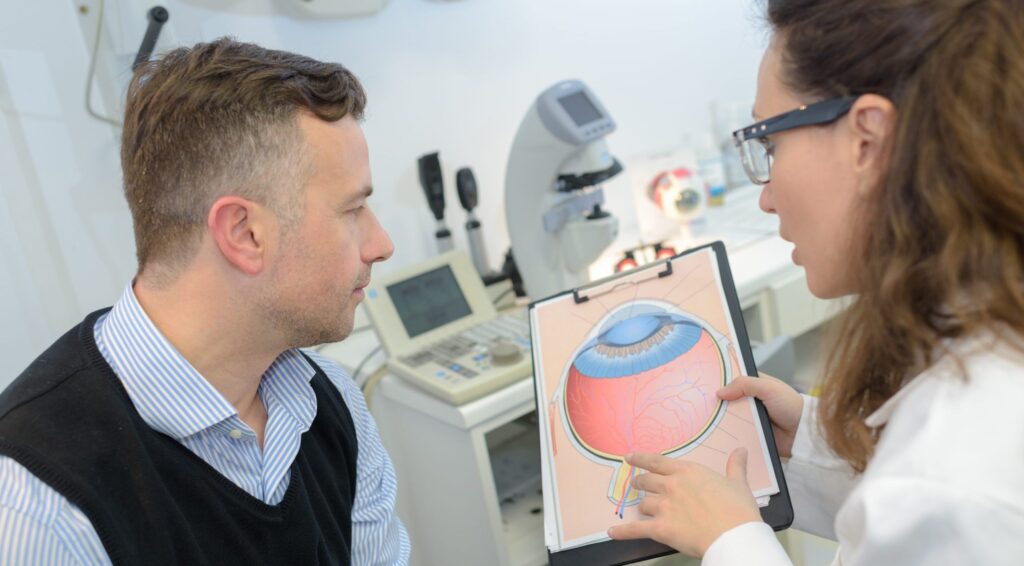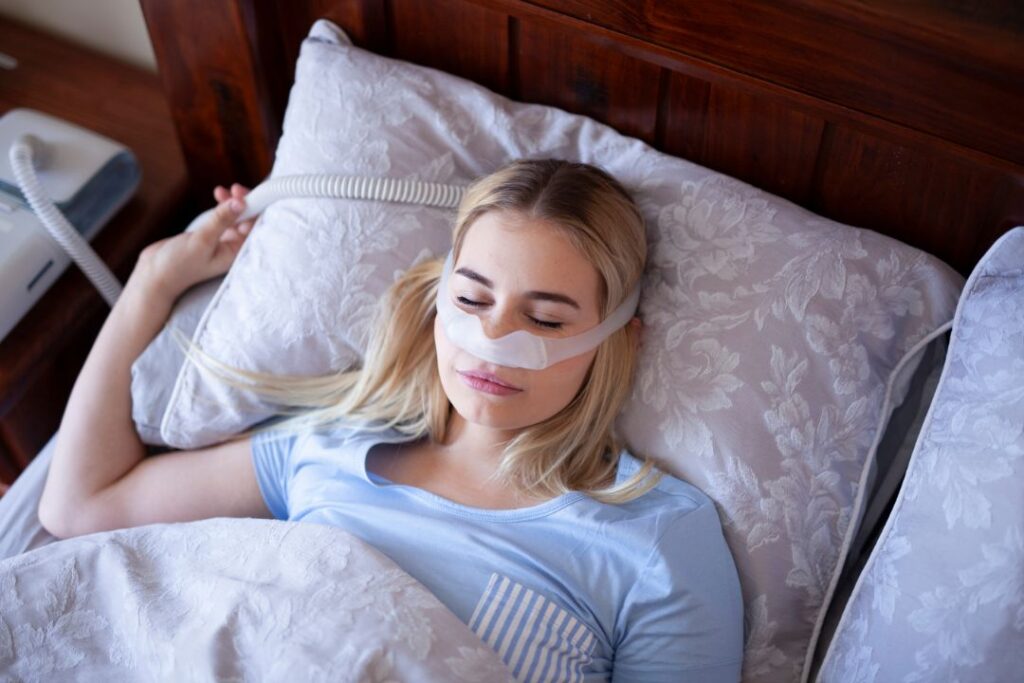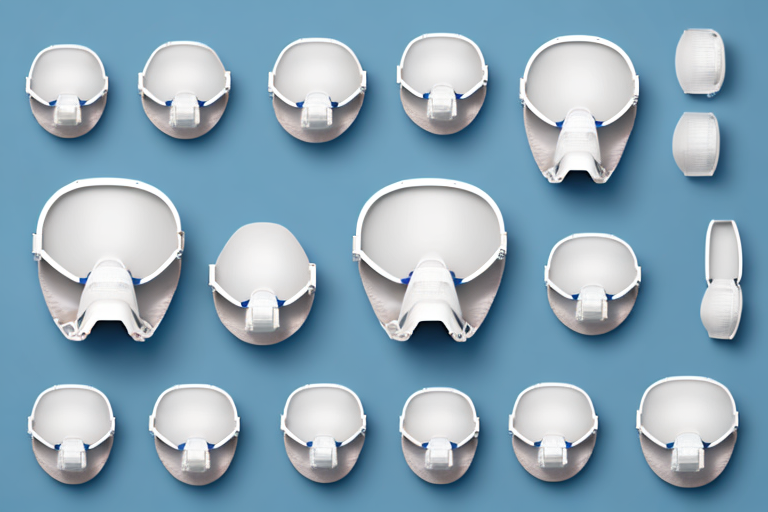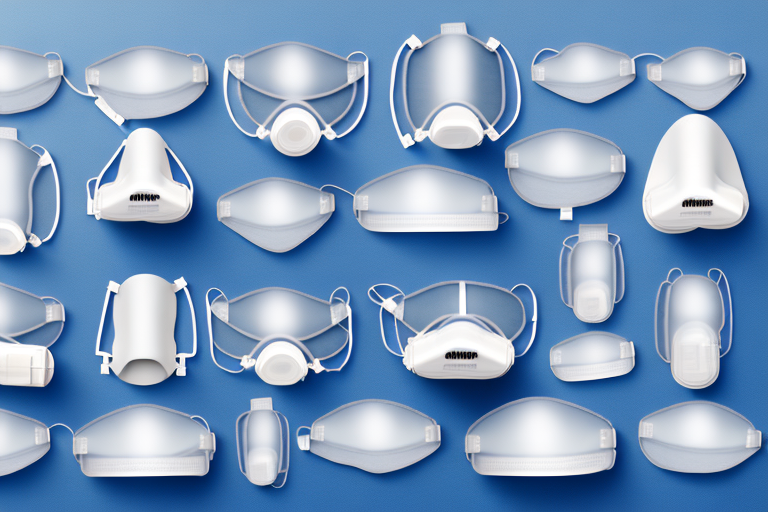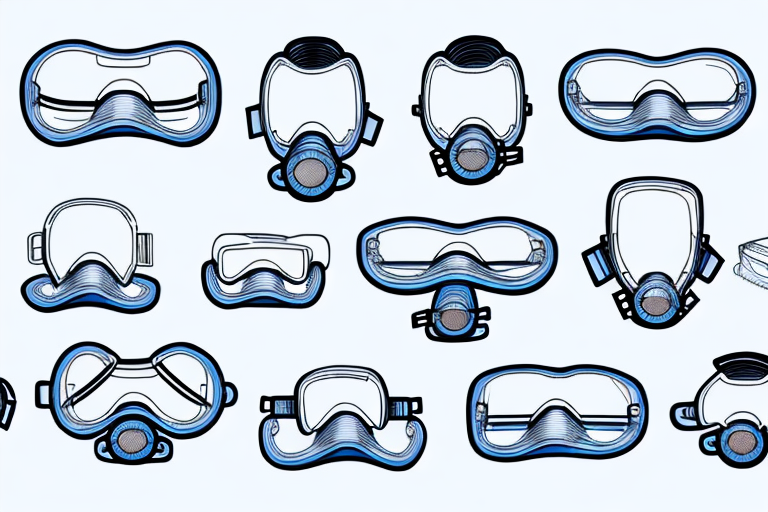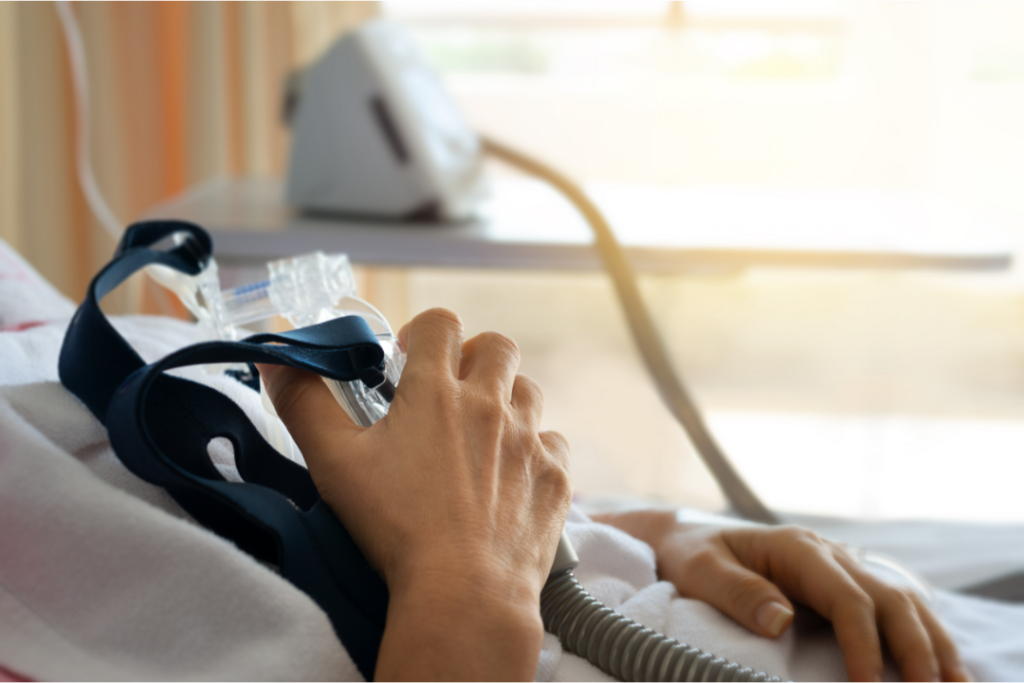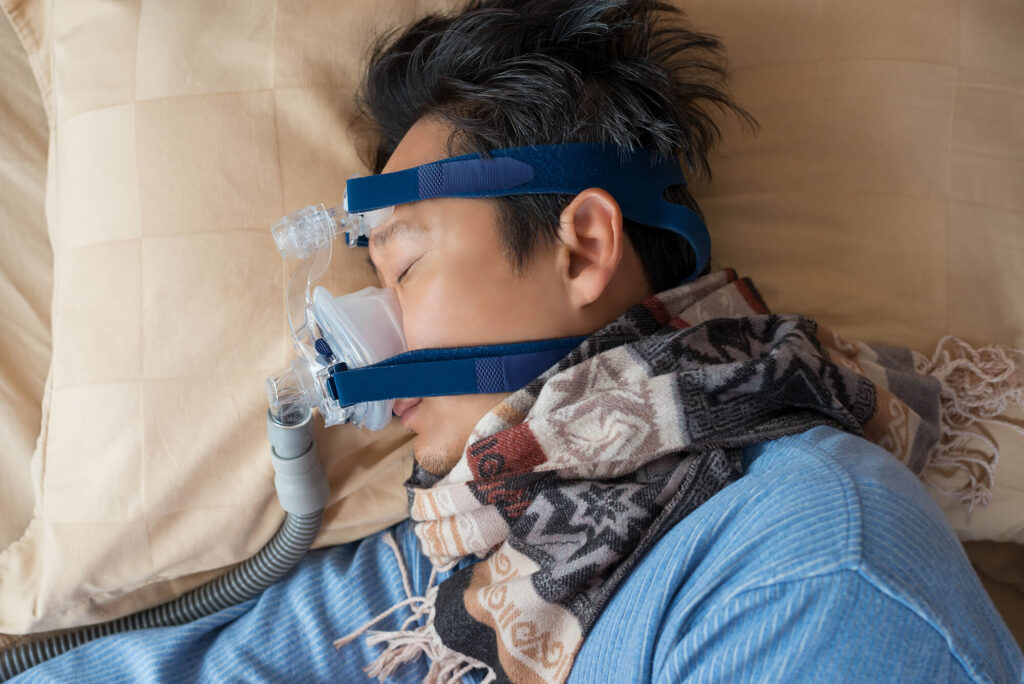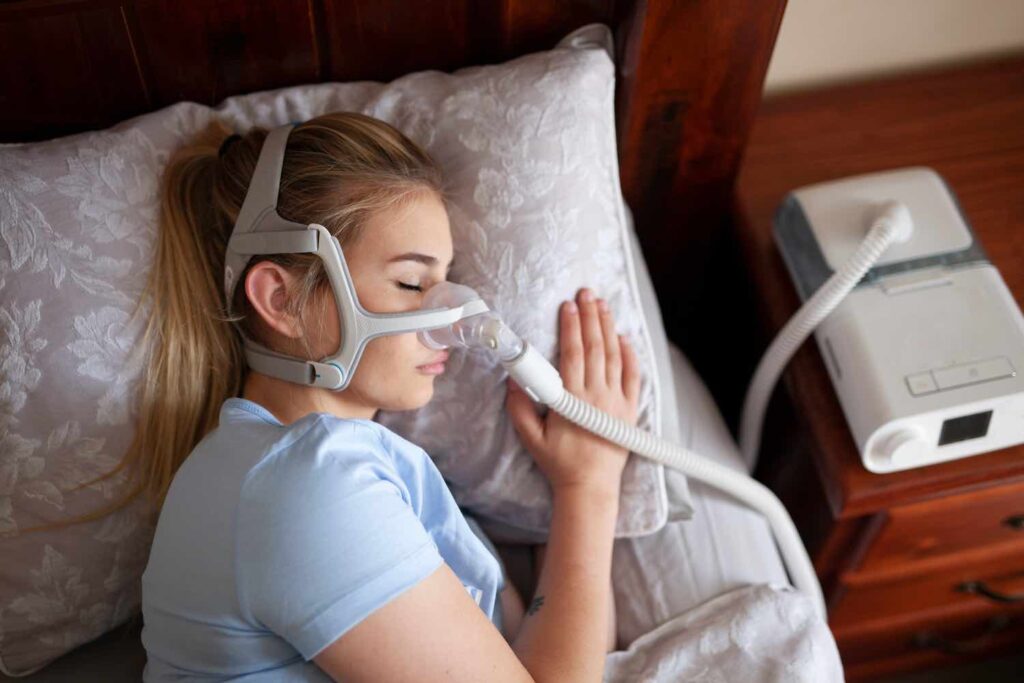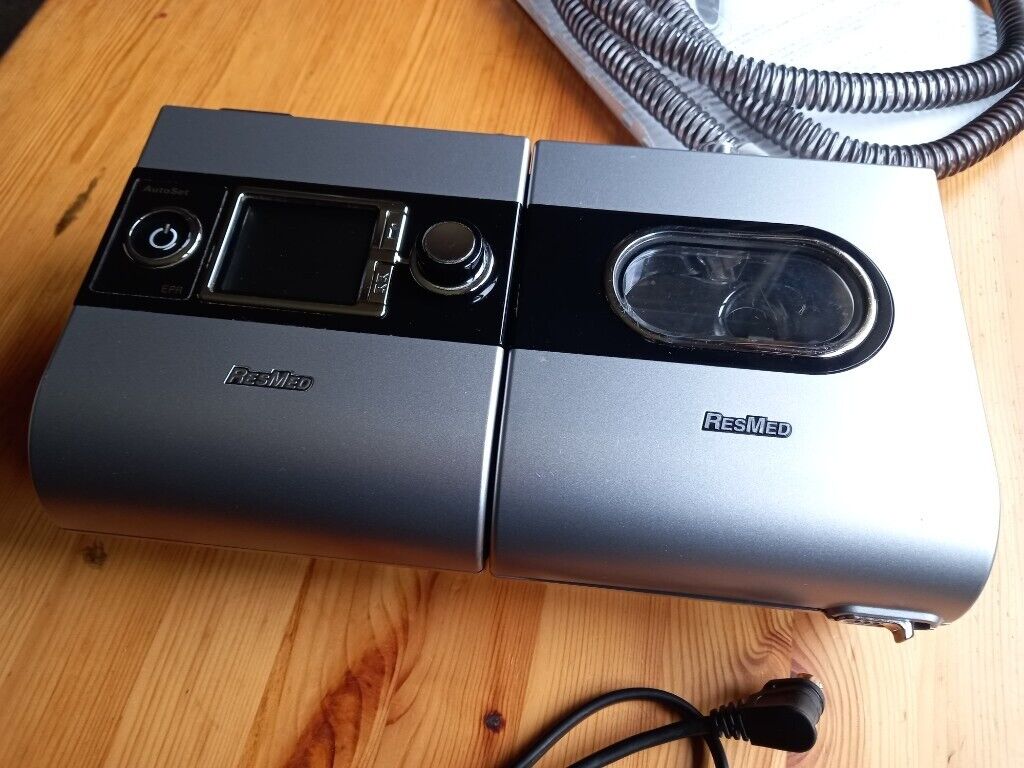Navigating the Options: Understanding Glaucoma Surgery Procedures
Glaucoma is a serious eye condition that affects millions of people worldwide. It is a leading cause of irreversible blindness. If left untreated or undetected, glaucoma can cause permanent vision loss. However, with advancements in surgical procedures, there are now effective treatment options available.
In this article, we will explore the different glaucoma surgery procedures and get about how much does glaucoma surgery cost in Australia.
Understanding Glaucoma: A Brief Overview
Glaucoma refers to a group of eye conditions that damage the optic nerve, which connects the eye to the brain. The main culprit behind glaucoma is increased intraocular pressure (IOP). High IOP may be caused by the buildup of fluid or a decrease in fluid drainage within the eye. Glaucoma can gradually impair peripheral vision and, if left untreated, can progress to central vision loss.
Glaucoma is a complex and chronic condition that requires careful management and treatment. It affects millions of people worldwide and is one of the leading causes of blindness. Understanding the intricacies of glaucoma is crucial for early detection and effective intervention. You can also get about CPAP machines’ problems by visiting https://villagehealthfoundation.org/solve-these-cpap-machines-problems-with-these-tips.
What is Glaucoma?
Glaucoma is a chronic condition characterized by damage to the optic nerve. The optic nerve carries visual information from the retina to the brain. When the optic nerve is damaged, it can result in vision loss and potentially blindness. Glaucoma is often associated with elevated intraocular pressure (IOP), which can damage the optic nerve over time.
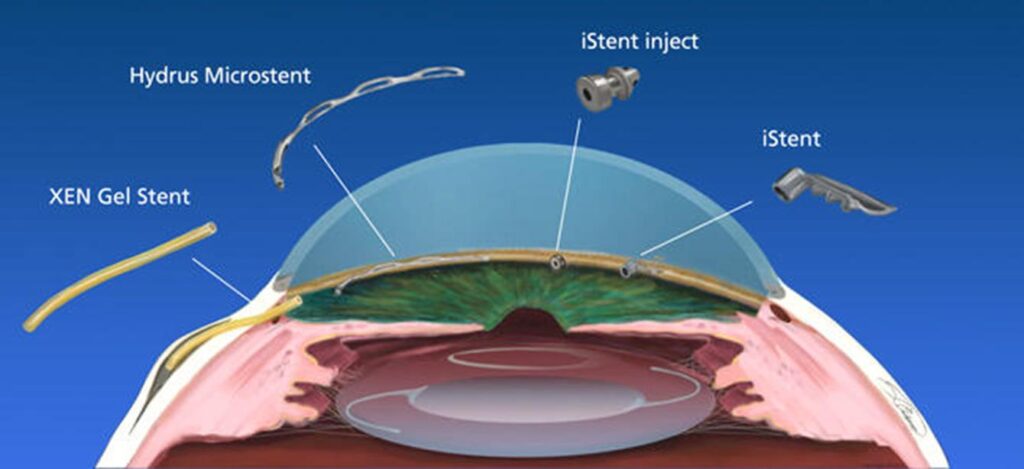
There are several types of glaucoma, including open-angle glaucoma, angle-closure glaucoma, normal-tension glaucoma, and congenital glaucoma. Each type has its own unique characteristics and risk factors. Open-angle glaucoma, for example, is the most common form and typically develops slowly over time. Angle-closure glaucoma, on the other hand, can occur suddenly and requires immediate medical attention.
Glaucoma can affect individuals of all ages, but it is more prevalent in older adults. It is important to note that glaucoma is often asymptomatic in its early stages, making regular eye exams crucial for early detection and intervention.
The Impact of Glaucoma on Vision
Glaucoma affects vision in a gradual and progressive manner. Initially, it may cause blind spots in the peripheral vision. Over time, these blind spots can expand and eventually lead to tunnel vision. If left untreated, glaucoma can result in permanent vision loss, starting with the peripheral vision and eventually affecting central vision as well.
Visual impairment caused by glaucoma can have a significant impact on daily activities and overall quality of life. Tasks such as driving, reading, and recognizing faces may become challenging. The loss of peripheral vision can also increase the risk of accidents and falls.
It is important to note that glaucoma-related vision loss is irreversible. However, with early detection and appropriate treatment, the progression of the disease can be slowed down, preserving vision and maintaining a good quality of life.
Managing glaucoma involves a combination of medication, laser therapy, and surgery, depending on the severity and type of glaucoma. Regular monitoring and follow-up appointments with an ophthalmologist are essential to ensure the effectiveness of the chosen treatment plan.
In conclusion, glaucoma is a complex eye condition that can have a significant impact on vision and overall well-being. Understanding the various types of glaucoma, its risk factors, and the importance of regular eye exams is crucial for early detection and intervention. By taking proactive measures and working closely with healthcare professionals, individuals with glaucoma can effectively manage the condition and preserve their vision for a better quality of life.
The Importance of Early Detection and Treatment
Early detection and treatment of glaucoma are crucial in preventing further vision loss. Regular eye exams are essential for early detection and can help identify risk factors and signs of glaucoma before significant damage occurs.
Glaucoma is a progressive eye disease that affects the optic nerve, which is responsible for transmitting visual information from the eye to the brain. If left untreated, glaucoma can lead to permanent vision loss and even blindness. However, with early detection and appropriate treatment, the progression of the disease can be slowed or halted, preserving vision and maintaining quality of life.
Symptoms to Watch Out For
In the early stages of glaucoma, there may be no noticeable symptoms. However, some common signs to watch out for include blurred vision, difficulty adjusting to low light, and halos around lights. If you experience any of these symptoms, it is essential to consult an eye care professional for a thorough examination.
It is important to note that glaucoma is often referred to as the "silent thief of sight" because it can gradually damage your vision without any warning signs. This is why regular eye exams are crucial, even if you do not experience any symptoms. By detecting glaucoma early, your eye care professional can implement appropriate treatment strategies to preserve your vision and prevent further damage.
Regular Eye Exams: A Preventive Measure
Regular eye exams are an essential part of preventive care for glaucoma. During these exams, your eye care professional will measure your intraocular pressure, examine the optic nerve, and assess your visual field. These tests are painless and non-invasive, but they provide valuable information about the health of your eyes and the presence of any underlying conditions, including glaucoma.
In addition to assessing your eye health, your eye care professional will also evaluate your medical history and any risk factors that may increase your chances of developing glaucoma. These risk factors include age, family history of glaucoma, certain medical conditions (such as diabetes and high blood pressure), and the use of certain medications.
By detecting glaucoma early, you can receive prompt treatment and potentially prevent or slow down further vision loss. Treatment options for glaucoma may include medications (eye drops or oral medications) to lower intraocular pressure, laser therapy to improve drainage of fluid from the eye, or surgical procedures to create a new drainage channel or reduce fluid production.
It is important to remember that glaucoma is a chronic condition that requires ongoing management and regular follow-up appointments with your eye care professional. By adhering to the recommended treatment plan and attending regular eye exams, you can effectively manage glaucoma and preserve your vision for years to come.
Different Types of Glaucoma Surgeries
When medications and other non-surgical treatments are ineffective in controlling glaucoma, surgery may be recommended. There are several surgical options available for managing glaucoma, each with its own advantages and considerations.
Glaucoma, a group of eye conditions that damage the optic nerve, is a leading cause of blindness worldwide. It is often associated with increased intraocular pressure, which can lead to vision loss if left untreated. While medications and other non-surgical treatments can help manage glaucoma, surgery may be necessary to achieve optimal control of intraocular pressure.
Trabeculectomy: The Traditional Approach
Trabeculectomy is a traditional glaucoma surgery that has been performed for decades. It involves creating a small drainage flap in the sclera (the white part of the eye) to allow excess fluid to drain, thereby reducing intraocular pressure. This procedure is typically performed under local anesthesia and offers long-term control of intraocular pressure.
During a trabeculectomy, the surgeon carefully creates a new drainage pathway for the aqueous humor, the fluid that nourishes the eye. By bypassing the clogged or damaged drainage channels, the surgeon helps to restore normal fluid flow and relieve the pressure inside the eye. This can prevent further damage to the optic nerve and preserve vision.
Laser Trabeculoplasty: A Modern Technique
Laser trabeculoplasty is a minimally invasive procedure that has gained popularity in recent years. It utilizes a laser to improve the drainage of fluid from the eye, particularly in cases of open-angle glaucoma. During the procedure, the laser is used to stimulate the trabecular meshwork, the part of the eye responsible for draining fluid. This stimulation helps to open up the drainage channels within the eye, allowing fluid to flow more freely and reducing intraocular pressure.
Laser trabeculoplasty offers several advantages over traditional surgery. It is typically performed as an outpatient procedure, meaning patients can go home the same day. The recovery time is usually shorter, and there is less risk of complications compared to more invasive surgeries. Additionally, laser trabeculoplasty can be repeated if necessary, providing a flexible treatment option for glaucoma management.
Micro-Invasive Glaucoma Surgery (MIGS): The Latest Innovation
Micro-Invasive Glaucoma Surgery (MIGS) represents a newer and less invasive approach to glaucoma surgery. These procedures are typically performed in conjunction with cataract surgery, making them a convenient option for patients with both conditions. MIGS procedures involve implanting tiny stents or devices to improve aqueous fluid drainage and reduce intraocular pressure.
One of the advantages of MIGS is that it can be performed through small incisions, minimizing trauma to the eye and reducing the risk of complications. The recovery time is often shorter compared to traditional surgeries, and patients can experience a faster return to normal activities. Additionally, MIGS procedures are generally safe and effective in reducing intraocular pressure, making them a viable option for many glaucoma patients.
It is important to note that not all glaucoma patients are suitable candidates for MIGS procedures. The type and severity of glaucoma, as well as other individual factors, will determine the most appropriate surgical approach. Therefore, it is crucial for patients to consult with their ophthalmologist to determine the best course of treatment.
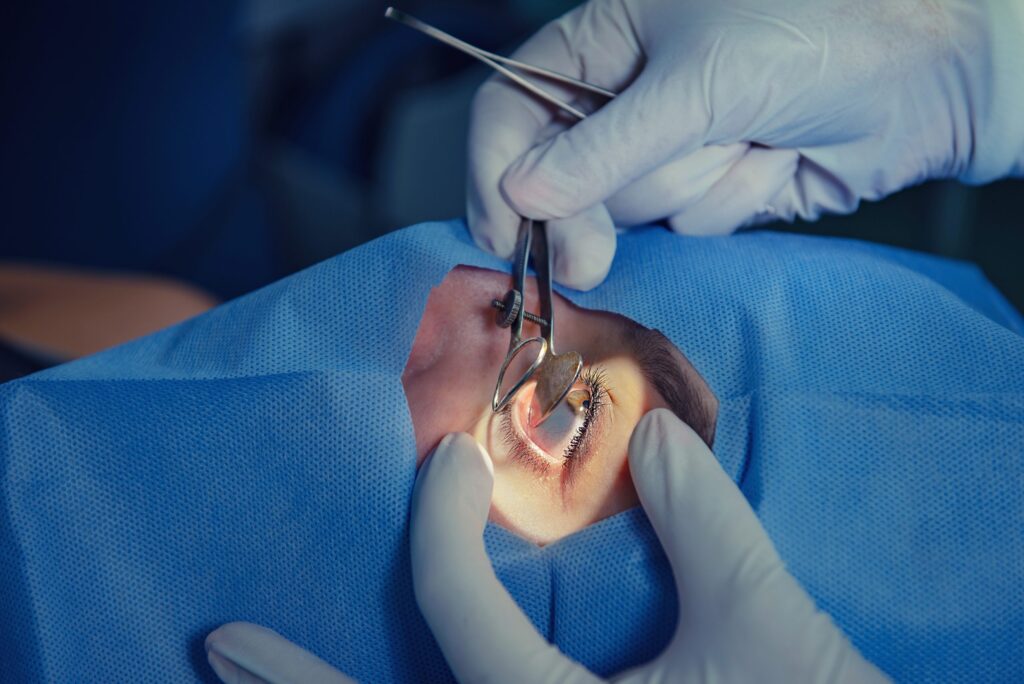
Factors to Consider When Choosing a Surgery
When considering glaucoma surgery, it is important to carefully assess the risks and benefits of each procedure. Additionally, individual lifestyle factors and overall health condition should be taken into account to ensure the most appropriate surgical approach.
Assessing the Risks and Benefits
Before undergoing glaucoma surgery, it is crucial to understand the potential risks and benefits associated with the procedure. Your eye care professional can provide detailed information about the specific complications and success rates of each surgical option.
Understanding the Success Rates
The success rates of glaucoma surgery vary depending on the procedure and individual factors. It is important to have realistic expectations and discuss the success rates with your eye care professional. Regular follow-up visits are necessary to monitor the effectiveness of the surgery and ensure optimal outcomes.
Considering Your Lifestyle and Health Condition
When choosing a glaucoma surgery, it is essential to consider factors such as your age, general health condition, and lifestyle. Some procedures may have certain postoperative restrictions or implications that need to be taken into account. Your eye care professional can guide you in selecting the most suitable surgical option.
Life After Glaucoma Surgery
After undergoing glaucoma surgery, proper postoperative care and long-term management are crucial to ensure the best possible outcomes. It is important to follow the instructions provided by your eye care professional and attend regular follow-up visits.
Post-Surgery Care and Recovery
Following glaucoma surgery, you may be prescribed eye drops or other medications to aid in the healing process and prevent complications. It is important to follow the postoperative care instructions carefully, including proper hygiene practices and avoiding strenuous activities during the recovery period.
Long-Term Management and Follow-Up
Long-term management of glaucoma requires regular follow-up visits with your eye care professional. During these visits, your intraocular pressure, visual field, and overall eye health will be assessed. Adjustments to medications or additional treatments may be recommended to maintain stable and healthy eye function.
Coping with Changes in Vision
Glaucoma surgery aims to prevent or slow down further vision loss. However, it is important to note that any vision loss that has already occurred may be irreversible. Coping with changes in vision is a process that may require support from family, friends, or support groups. Your eye care professional can provide guidance and resources to help you adapt to any changes in your vision.In conclusion, navigating the options available for glaucoma surgery procedures can be overwhelming. Understanding the different surgical techniques, considering the risks and benefits, and engaging in proper postoperative and long-term care are essential in managing glaucoma effectively. Regular eye examinations and early detection remain the key to ensuring optimal vision and preventing irreversible damage caused by glaucoma.

